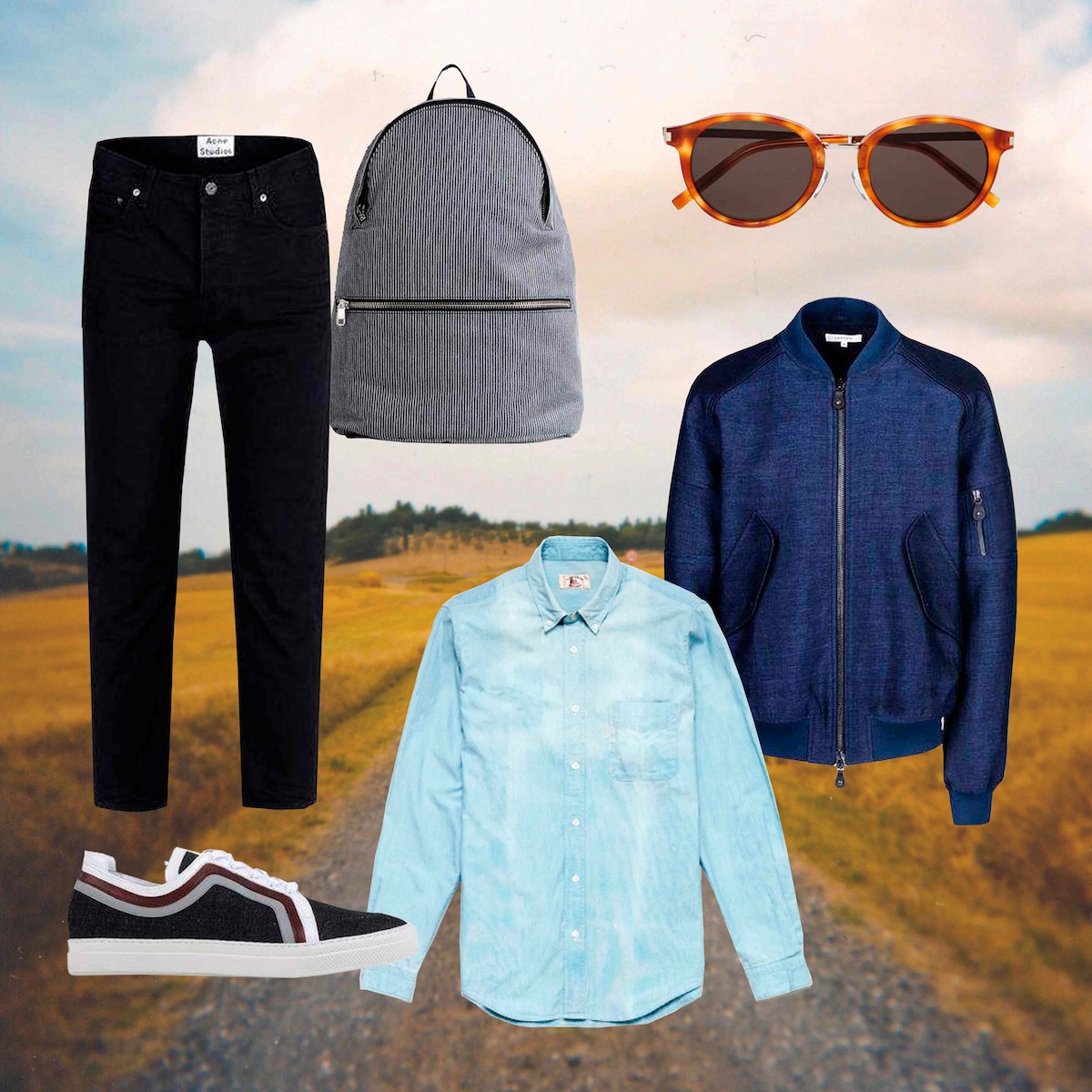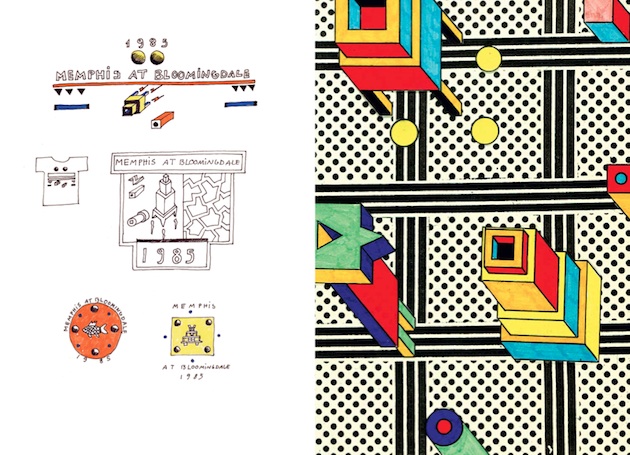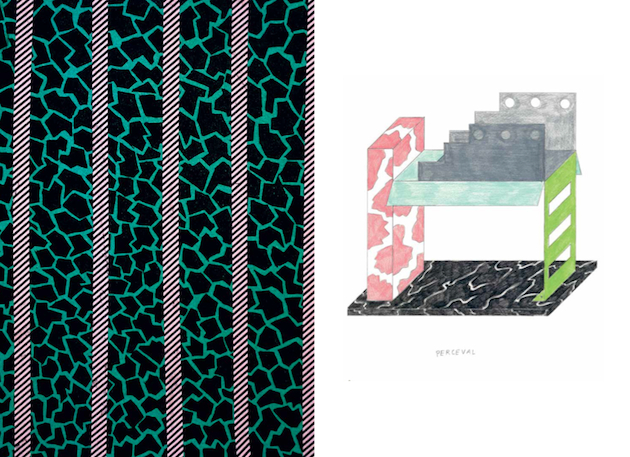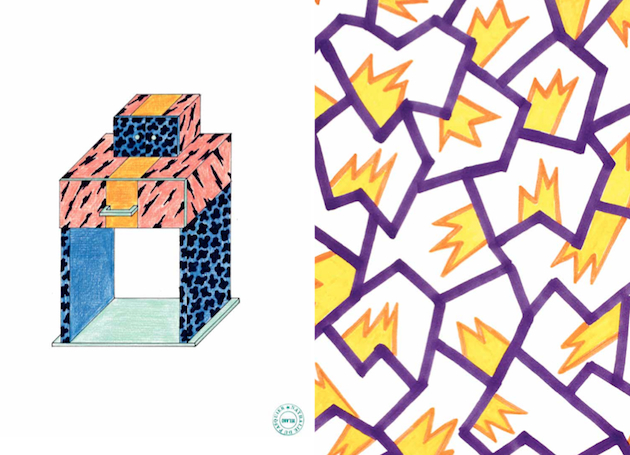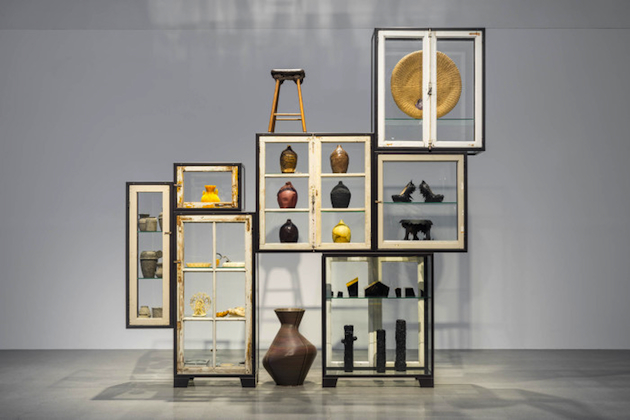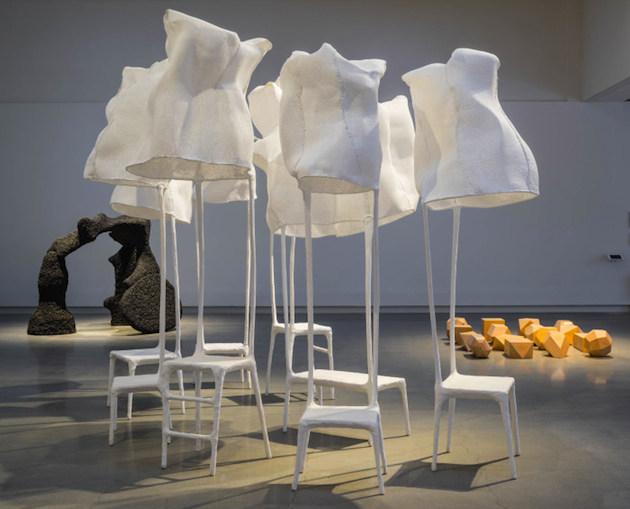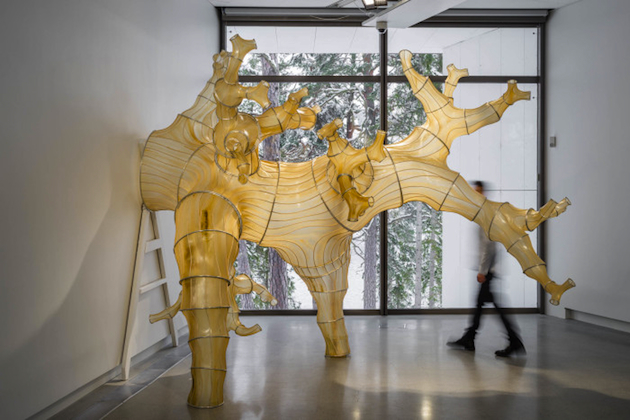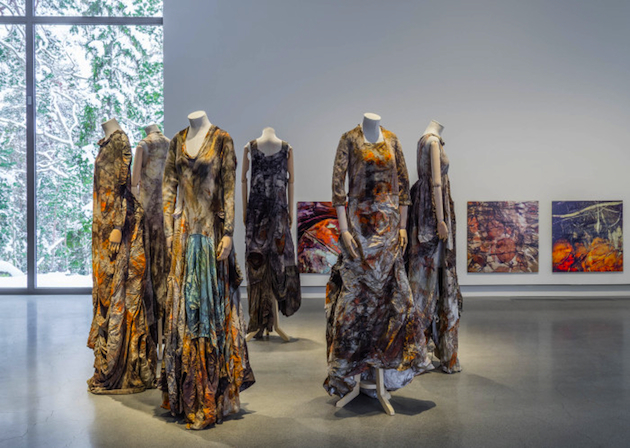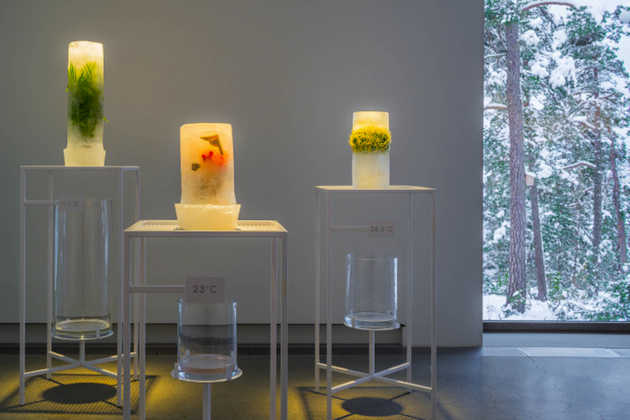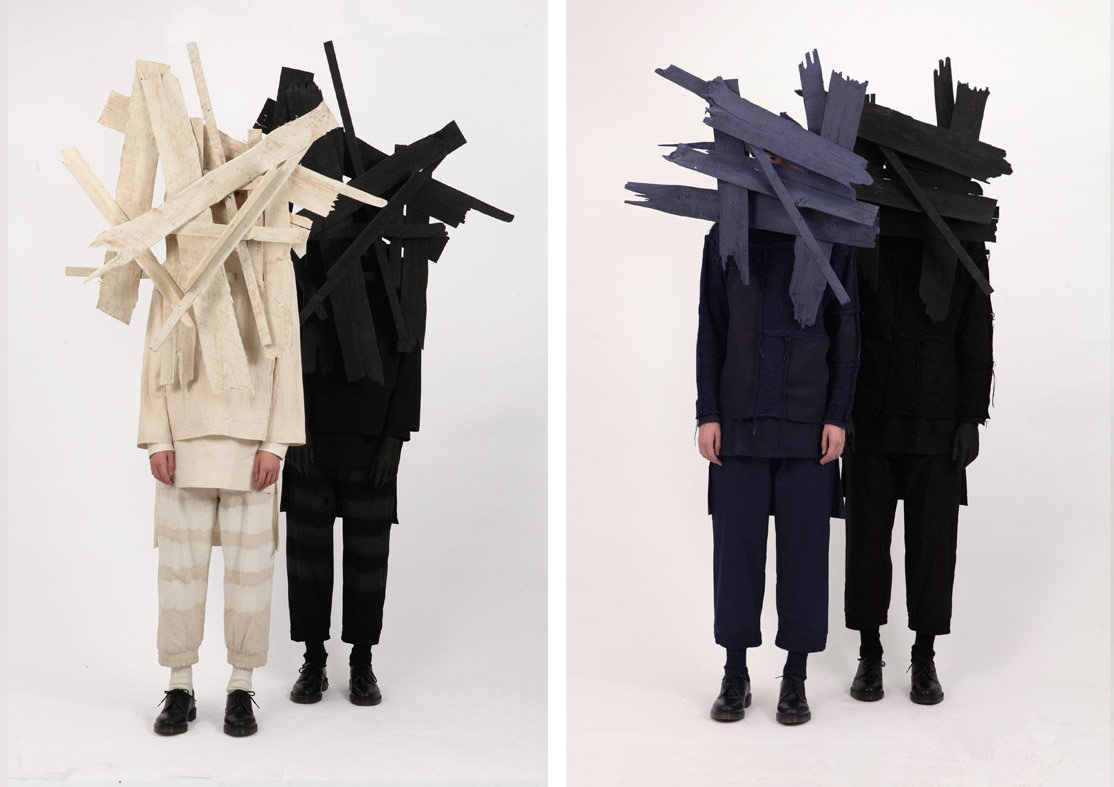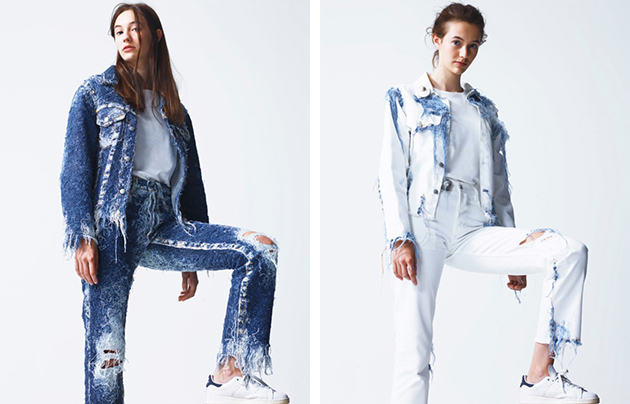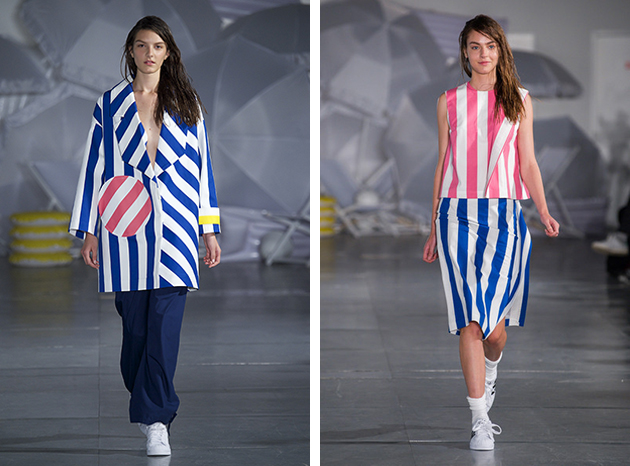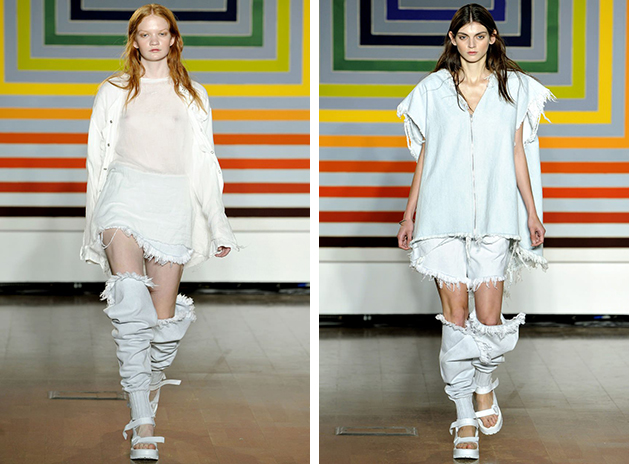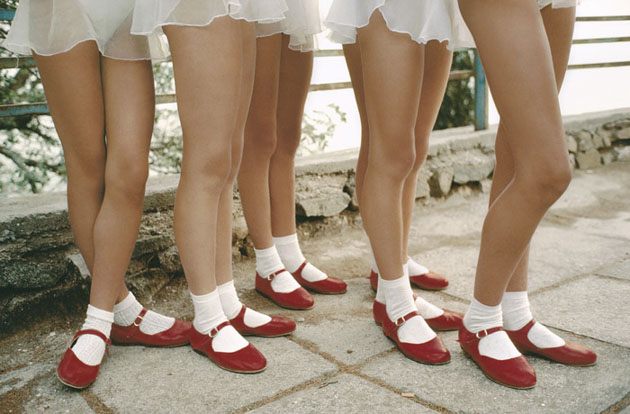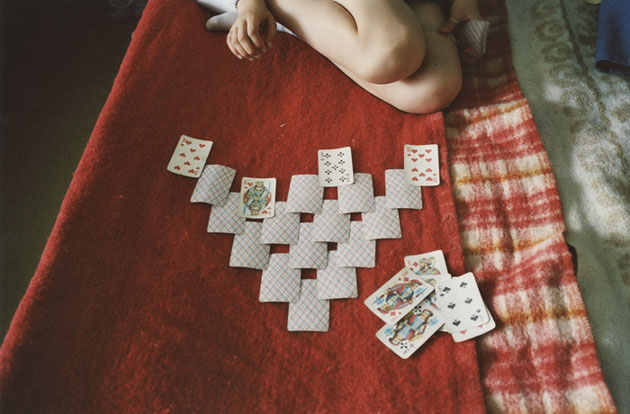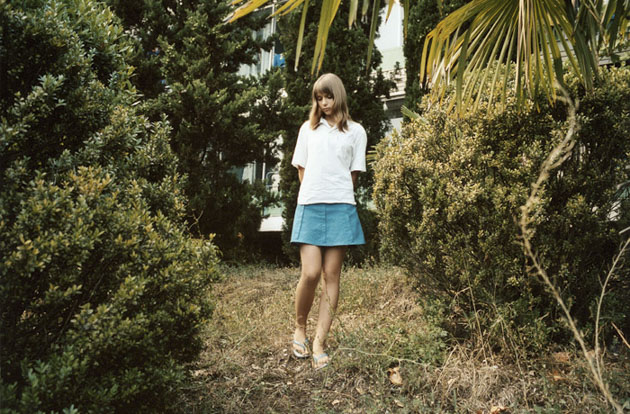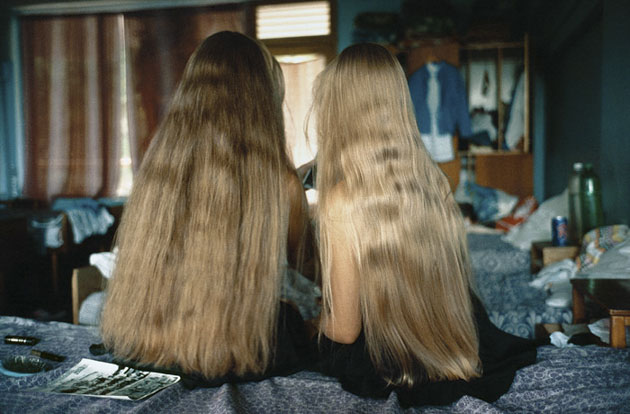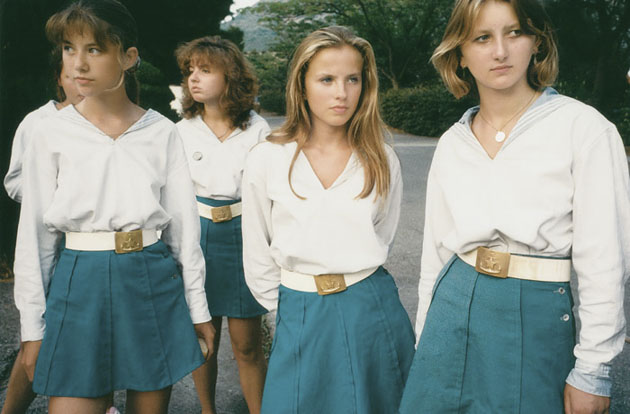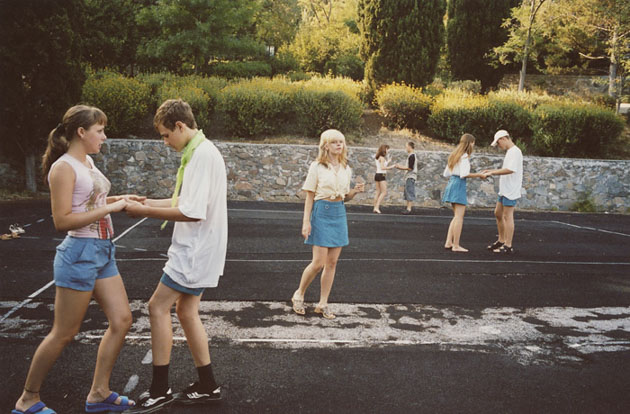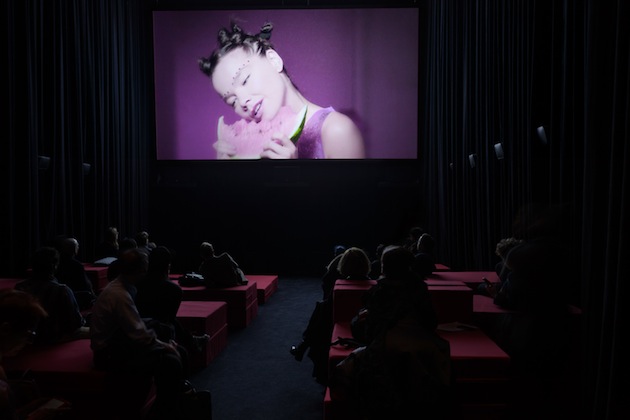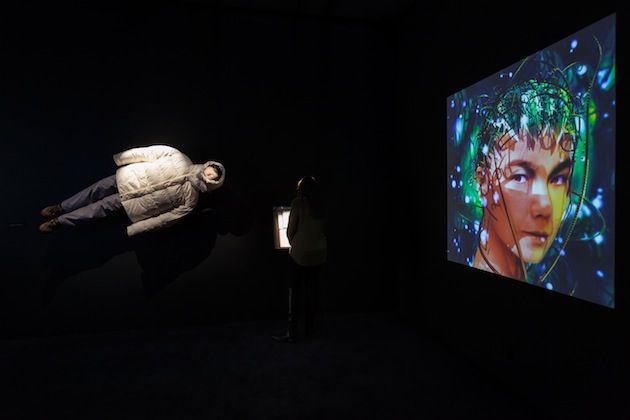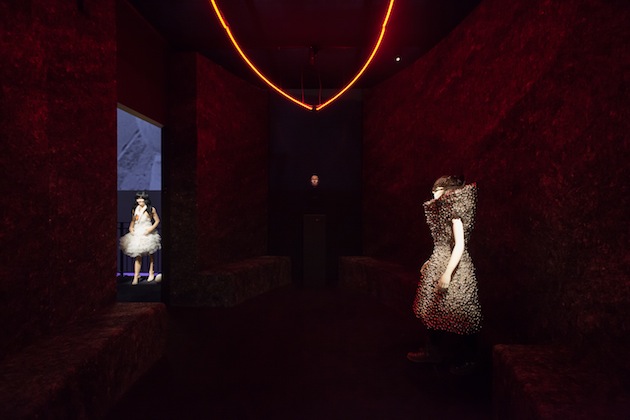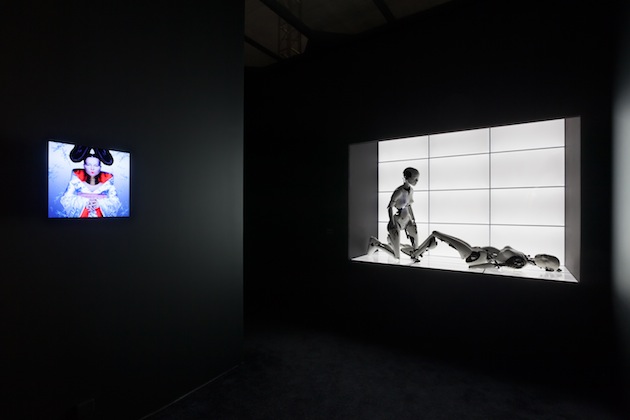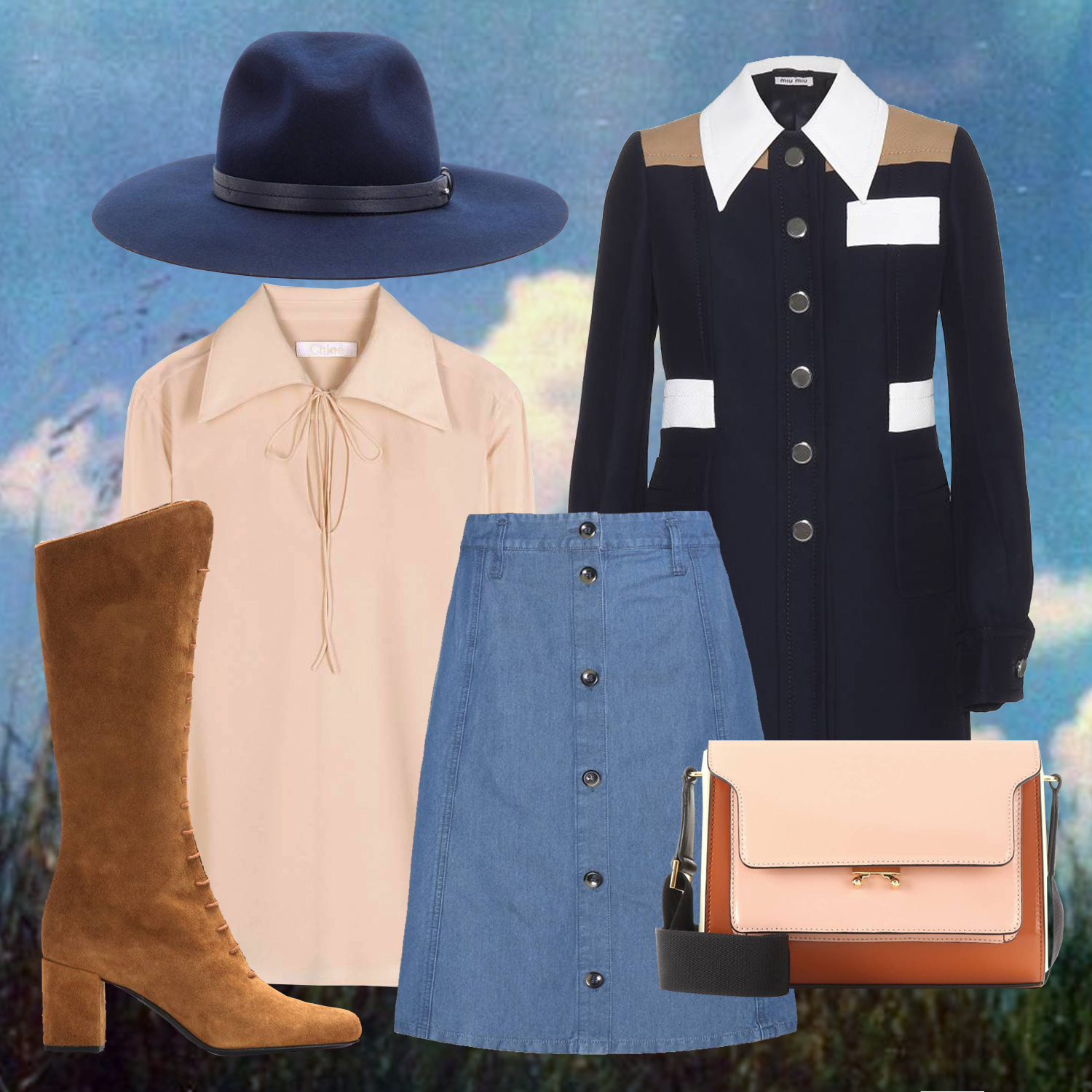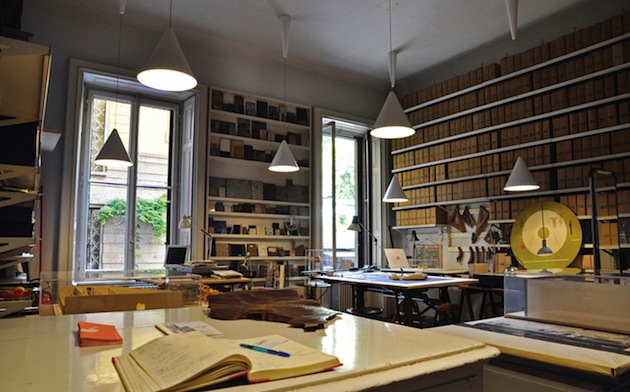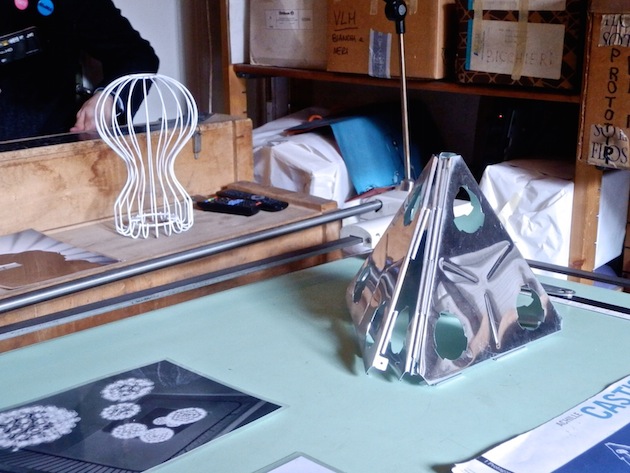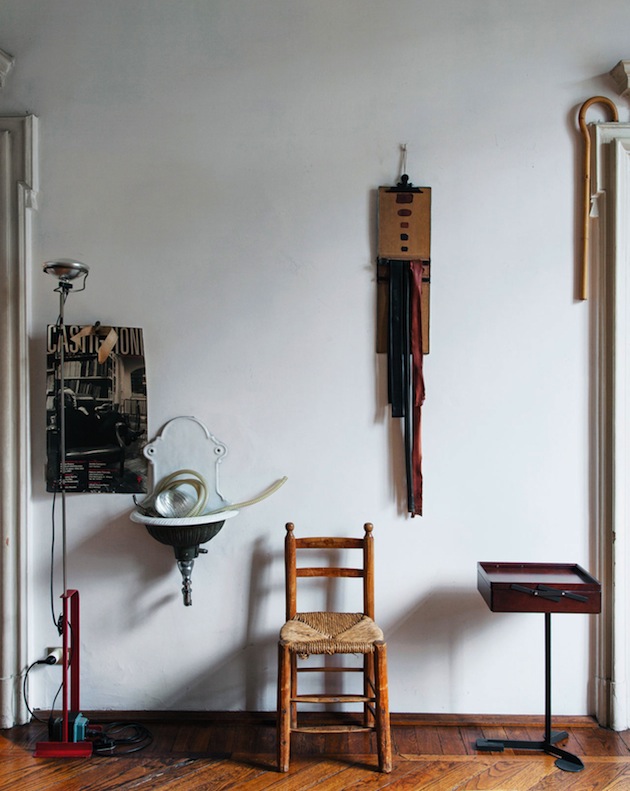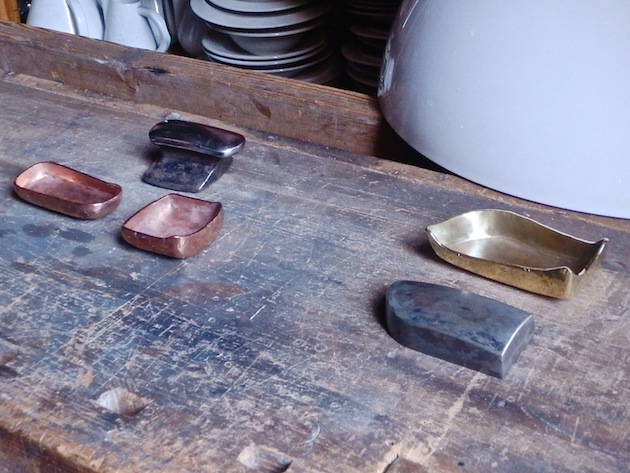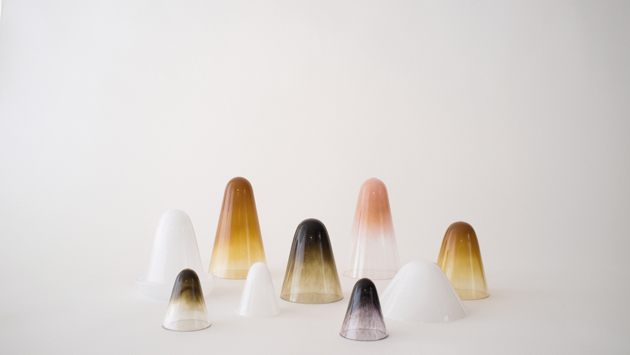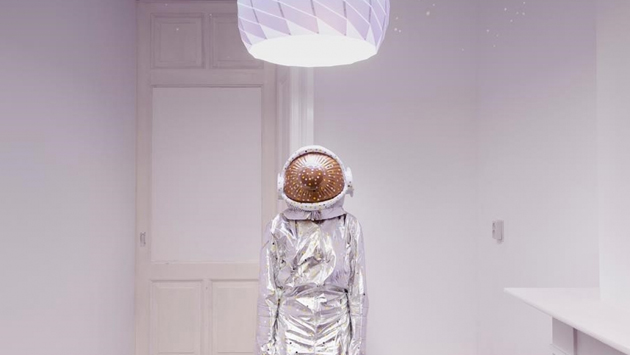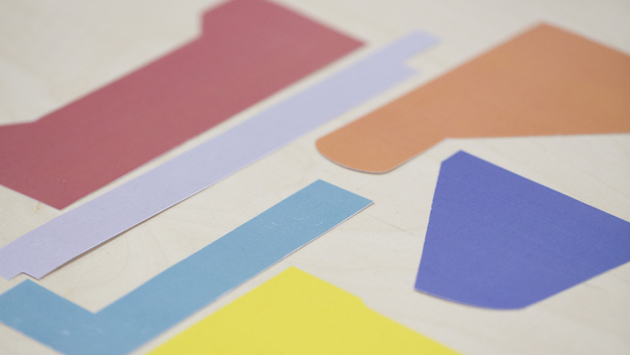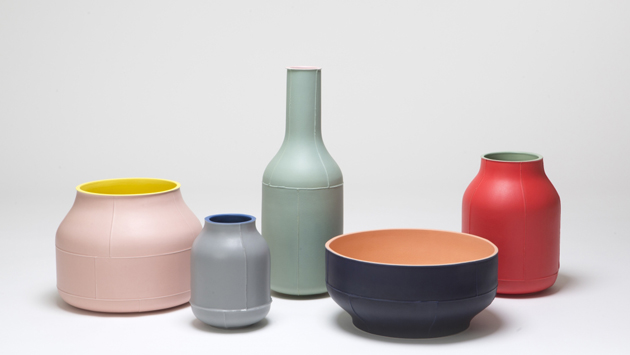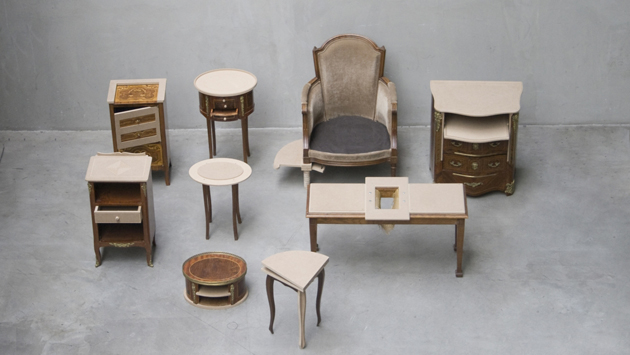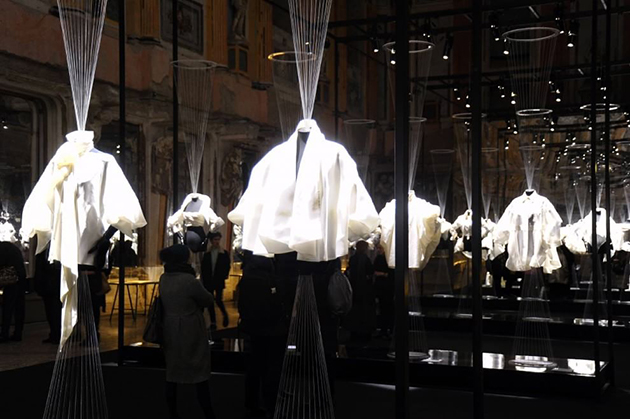
Design is a scientific discipline. In many cases, it stands nearer to mathematics than to art, due to all the weighting variables that have to be taken into account in the creative process. Despite the name, fashion design has historically been considered as an applied art; just recently this idea has begun to take another shape, hybrid between the immediacy of the creative impulse and the measured structure of the project.
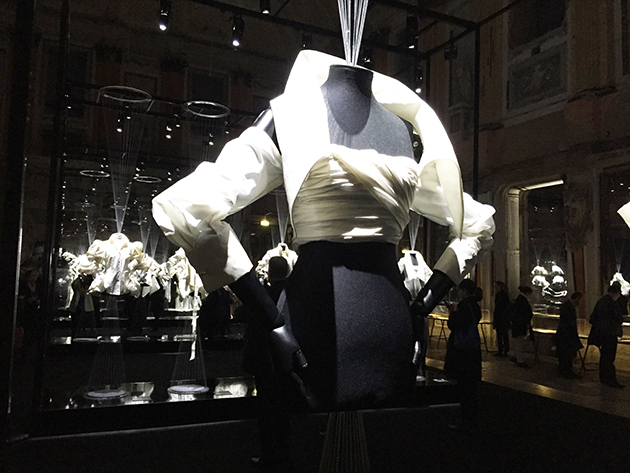
Gianfranco Ferré is one of the designers who better embody this duality; an architect by formation, he devoted his life to conciliating artistic flair with a proved practice within the field of fashion design. Ferré elected one piece of the wardrobe to be his exquisite object of research: the white shirt. The white shirt represented for him both a fixed rule and a tabula rasa, being a basic piece with few distinctive details, so prone to modifications and ideally liable to any variation. The most notable excercices de style Ferré took on, are now showcased in the exhibition “La Camicia Bianca Secondo Me (The White Shirt According to Me)” held at Palazzo Reale in Milan.
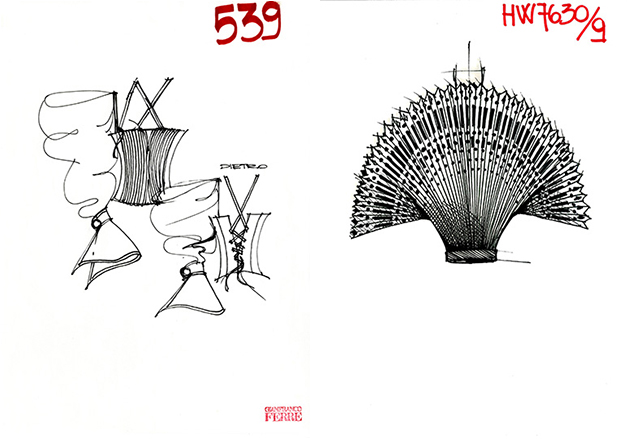
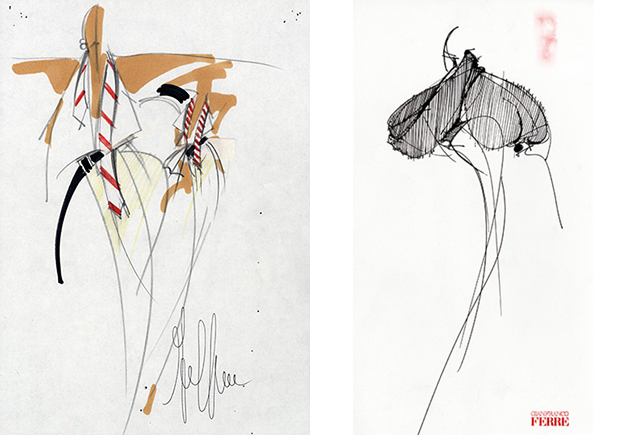
The exhibition is hosted in the Caryatid Room, whose monumentality confronts with the plasticity of twenty-seven shirts. Each of them is treated as a sculpture, nearly denying any relation with the body and enhancing the characteristics of the fabric, the proportions, the cut, the pattern, the construction. Every shirt has a name, recalling at times the inspiration, historical or emotive (Dumas, Napoleon, Soffio d’Aria, Rivelazione Romantica), at times the mental process (Sineddoche, Contrappunto, Canone Inverso), at times materiality (Calice, Cravat, Plastron, Origami). The grandeur of the room – filled with ancient and modern sculptures – is challenged other parts of the exhibition itself. Right in the centre of the ceiling, a projection with x-rays of the shirts created by Leonardo Salvini opens it as a window on an undefined space, underlying the technical construction of the pieces and transfiguring altogether the shirts into some sort of ghosts; fluctuating empty shells which do not seem to need to be filled with something – less than ever a body – to make sense of it.
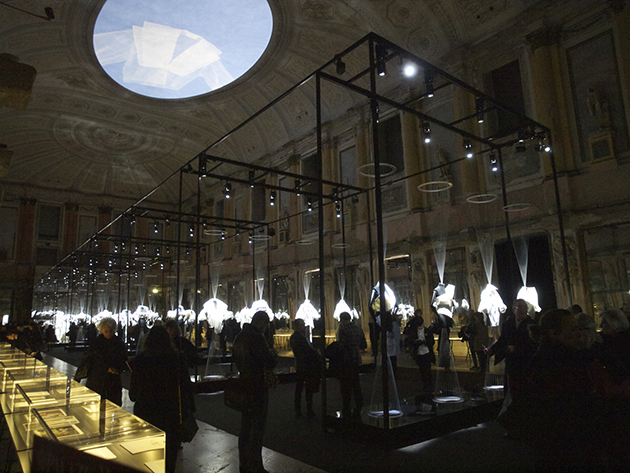
The object is the core of the exhibition, which opens with huge prints of original sketches on white flowing curtains in flowing fabric. These serve as an instrument given to the public to better read the creative process, challenging the original nature of the sketch: being at the beginning of the project, right after the idea. Here the sketches seem to be unreadable signs, hieroglyphs to be understood if matched with their tri-dimensional results and their ‘postproduction’, the editorials and shootings displayed in cases alongside original sketches. Loyal to Ferré’s ideal, the exhibition is a well-balanced architecture, linear in its path, but with slight shifts to render the complexity of the process in an inductive way. Daniela Degli Innocenzi, curator of the exhibition, says that the outfitting was designed precisely to both underline the ‘poesis’ of Ferré and propose new readings of the ‘method’. Design is a scientific discipline. So is curating.
Marta Franceschini – Images courtesy of Gianfranco Ferré and Palazzo Reale
